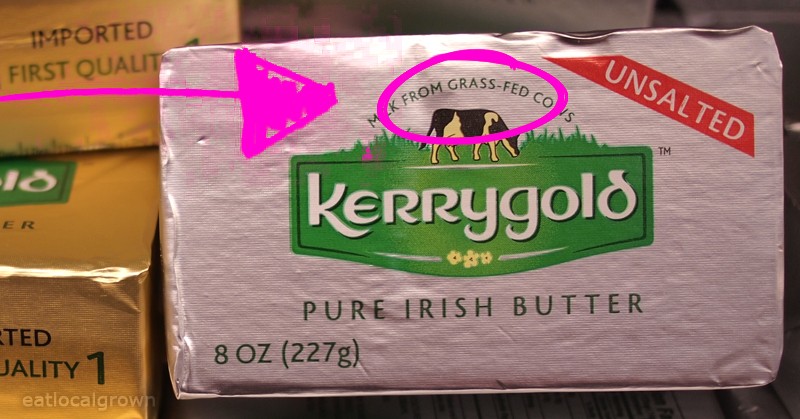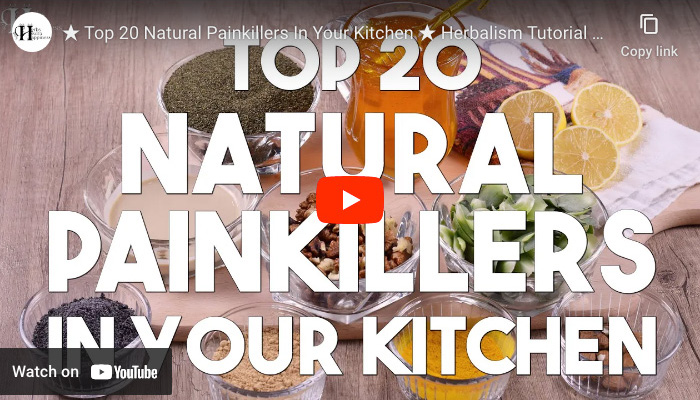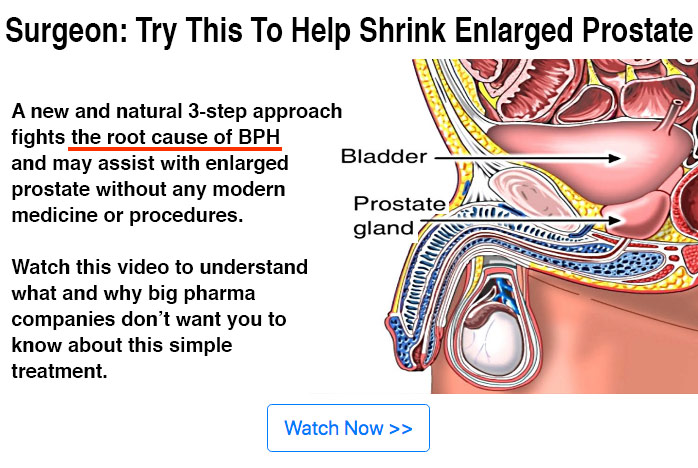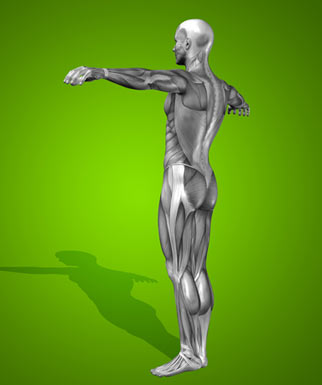
Image – EatLocalGrown (with permission)
During the “margarine era”, butter developed a bad reputation when it comes to healthy diet and heart health. Because butter is made up of fat (or rather, is fat itself), people tend to avoid including it in their daily diet completely. Despite this, butter can actually contribute a lot of health benefits to the human body – especially butter from grass-fed cows. How does the diet of a cow affect the butter made from its milk? And how can that affect the health of the cardiovascular system in humans?
When talking about healthy butter, it comes down to two substances: CLA, which stands for conjugated linoleic acid, and omega-3 fatty acids. When cows are fed grass instead of grain and other substances, their milk (and therefore the butter from their milk) contains higher levels of CLA and omega-threes. [1] According to research, omega-3 fatty acids are cardioprotective – meaning they help improve heart health and prevent hyperlipidemia or high levels of cholesterol in the blood. [2] On the other hand, CLAs have been proven by another study to offset the supposedly negative effects of saturated fat in dairy products. In fact, cows with grass-fed diets produced milk that had five times more CLA than normal milk. [3]
Saturated Fat Myth
More and more studies are debating the long-standing concept that saturated fat is bad for your health. A recent study published in 2014 included 32 observational studies on fatty acids in their research and concluded that there was no hard evidence that supported the idea that high intake of polyunsaturated fat and low intake of saturated fat contributed to better cardiovascular health. [4] These results are similar to a 2010 study whose results also concluded that there was no significant association between a diet high in saturated fat and cardiac health. [5] These studies suggest that the bad rep of saturated fat is simply bad rep with no substance to back it up.
Location, Location, Location
Two studies published in 2009 and 2010 added more information on the health benefits of dairy products from grass-fed cows because of one important factor: location. The two studies on cardiovascular health were conducted in two places – (1) Sweden and (2) Australia, both locations are where most cows have grass-fed diets, as opposed to diets high in grain. The results of the studies revealed that (1) dairy intake could be inversely related to risk for cardiovascular and cerebrovascular events and (2) dairy intake had no direct association with mortality. [6][7] Because these places are mostly made up of grassland, their dairy products tend to be on the healthier side.
If the butter is made from milk from grass-fed cows, it will say so on the label (usually in the front or in the description!) So pay close attention! Your heart will thank you.
Butter is one of the healthiest fats on the planet.
It’s not just a big pile of yellow-colored fat, there are many important nutrients in there, some of which have potent biological effects.
However, this does depend on the type of butter, and the amounts of these nutrients vary greatly depending on what the cows ate.
Butter From Grass-Fed Cows is a Major Source of Heart-Healthy Nutrients
Butter is basically just milk fat, also known as butterfat.
Butterfat is highly complex. It contains about 400 different fatty acids, and a decent amount of fat-soluble vitamins (1).
Fatty acids are actually more than just energy sources, some of them have potent biological activity.
As it turns out, many of the fatty acids in butter can affect our physiology and biochemistry in some way, leading to major health benefits.
This includes the fatty acid CLA (conjugated linoleic acid). It is popular as a fat loss supplement, and studies show that it can have powerful effects on health (2, 3).
Grass-fed butter contains 5 times more CLA than butter from grain-fed cows (4).
Butter from grass-fed cows is also much higher in Omega-3 fatty acids and vitamin K2, compared to butter from grain-fed cows (5).
As you can see, butter from grass-fed cows is a much healthier and more nutritious choice.
Butter Contains Saturated Fat, But Who Cares?
Butter used to be considered unhealthy, because it contains saturated fat.
However, this is actually not a valid argument against butter, because the saturated fat myth has been thoroughly debunked in recent years.
Two massive review studies were published recently, one in 2010 and the other in 2014. Both included hundreds of thousands of people.
These studies clearly showed that there is no association between saturated fat consumption and heart disease (6, 7).
Studies Show That People Who Eat Grass-Fed Butter Have a Lower Risk of Heart Disease
In countries where cows are largely grass-fed, the people who eat the most butter seem to have a drastically reduced risk of heart disease.The relationship between full-fat dairy consumption and heart disease seems to depend on the country in which the study is performed.
An impressive study on this was published in the American Journal of Clinical Nutrition, in the year 2010:
Smit LA, et al. Conjugated linoleic acid in adipose tissue and risk of myocardial infarction. American Journal of Clinical Nutrition, 2010.
This study looked at the levels of CLA in the fat tissue of 1813 non-fatal heart attack patients, and compared them to 1813 similar subjects who had not gotten heart attacks.
Levels of this fatty acid are a very reliable marker for the intake of fatty dairy products, and this study was done in Costa Rica, where cows are grass-fed.
They split the subjects into 5 groups, from lowest to highest, depending on their levels of CLA. The results were fairly remarkable:
Butter and Risk of Heart Attack
As you can see, the more full-fat dairy (like butter) people ate, the lower their risk of heart attack.
In fact, the people who ate the most were 49% less likely to experience a heart attack, compared to those who ate the least.
However, keep in mind that this was a case-control study, a type of observational study. These types of studies can not prove causation.
This study shows that people who eat more grass-fed dairy fat have a lower risk of heart disease, but it can not prove that dairy fat caused the reduction in risk.
But, at the very least, this study is pretty good reassurance that butter is NOT the devil it was made out to be.
Many Other Studies Have Shown Similar Results
This is far from being the only study.
Another study from Australia showed that people who ate the most full-fat dairy had a 69% lower risk of heart disease than people who ate the least (8).
Several other studies in European countries, where cows are generally grass-fed, have shown that dairy fat is linked to reduced heart attacks and strokes (9, 10).
Despite having been demonized in the past, real grass-fed butter is one of the healthiest fats on the planet. Period.
Article with permission from Rick D
References:
[1] Dhiman, T., et. al. (1999). Conjugated linoleic acid content of milk from cows fed different diets. https://https://pubmed.ncbi.nlm.nih.gov/10531600
[2] Hebeisen, D., et. al. (1993). Increased concentrations of omega-3 fatty acids in milk and platelet rich plasma of grass-fed cows. https://pubmed.ncbi.nlm.nih.gov/7905466
[3] Smit, L., Baylin, A. & Campos, H. (2010). Conjugated linoleic acid in adipose tissue and risk of myocardial infarction. https://pubmed.ncbi.nlm.nih.gov/20463040
[4] Chowduhry, R., et. al. (2014). Association of Dietary, Circulating, and Supplement Fatty Acids With Coronary Risk: A Systematic Review and Meta-anaylsis. https://annals.org/article.aspx?articleid=1846638
[5] Siri-Tarino, P., et. al. (2010). Meta-anaylsis of prospective cohort studies evaluating the association of saturated fat with cardiovascular disease. https://ajcn.nutrition.org/content/early/2010/01/13/ajcn.2009.27725.abstract
[6] Bonthuis, M., et. al. (2010). Dairy consumption and patterns of mortality of Australian adults. https://nature.com/ejcn/journal/v64/n6/abs/ejcn201045a.html
[7] Warensjo, E., et. al. (2009). Stroke and plasma markets of milk-fat intake – a prospective nested case-control study. https://nutritionj.com/content/8/1/21
★ Get My Books - 100% FREE:
😳 Tinnitus And Brain Health?
After 47 years of studies and countless brain scans done on more than 2,400 tinnitus patients, scientists at the MIT Institute found that in a shocking 96% of cases, tinnitus was actually shrinking their brain cells.
As it turns out, tinnitus and brain health are strongly linked.
Even more interesting: The reason why top army officials are not deaf after decades of hearing machine guns, bombs going off and helicopter noises…
Is because they are using something called "the wire method", a simple protocol inspired by a classified surgery on deaf people from the 1950s...
★ How To Get Rid Of Nail Fungus:
★ Does Your Salad Contain This Vegetable?
★ 20 Natural Painkillers In Your Kitchen (Video):
★ Men's Prostate Health:

2. Famous Chef Sheds 60lbs Researching New Paleo Recipes: Get The Cookbook FREE Here
3. #1 muscle that eliminates joint and back pain, anxiety and looking fat
4. 7 odd foods that KILL your abdominal fat (surprising fat-fighters)
5. The TRUTH about bread (Will surprise you!)
6. [PROOF] Reverse Diabetes with a "Pancreas Jumpstart"
7. Here's What Happens When You "Unlock Your Hip Flexors"
8. The #1 WORST food that CAUSES Faster Aging (beware -- Are you eating this?)
The #1 Muscle That Eliminates Joint And Back Pain, Anxiety And Looking Fat
By Mike Westerdal CPT
Can you guess which muscle in your body is the #1 muscle that eliminates joint and back pain, anxiety and looking fat?
This is especially important if you spend a significant amount of time sitting every day (I do, and this really affects me in a big way!)
Working this "hidden survival muscle" that most people are simply not training because no-one ever taught them how will boost your body shape, energy levels, immune system, sexual function, strength and athletic performance when unlocked.
If this "hidden" most powerful primal muscle is healthy, we are healthy.
Is it...
a) Abs
b) Chest
c) Glutes
d) Hip Flexors
Take the quiz above and see if you got the correct answer!
P.S. Make sure you check out this page to get to know the 10 simple moves that will bring vitality back into your life:
If you enjoyed this page:












